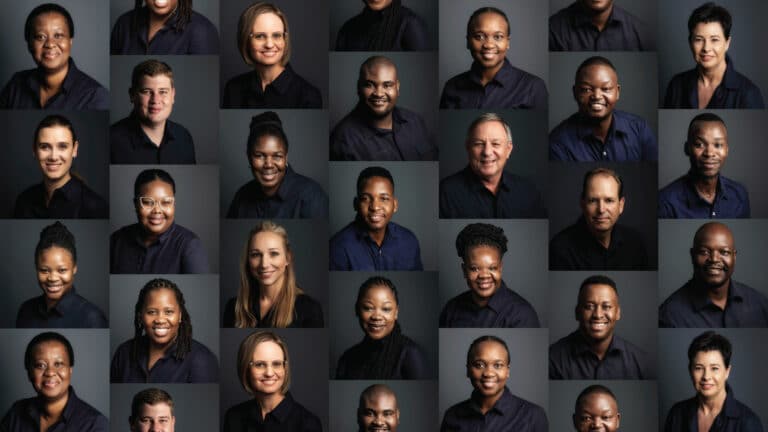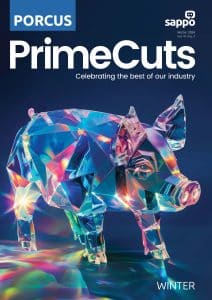Source: Prof Johan Willemse, SAPPO News October 2020, photo credit: MicrostockHub/Getty Images/CSO Online
The medium-term budget framework presented by the minister of finance on 28 October 2020 did not contain any surprises. It was basically in line with what was discussed in the media, in terms of how far the government will go.
The framework and speech did not contain dramatic policy moves away from socialism. The state will continue to be a dominant (inefficient) player in the market. The good news is that the government wage bill will mostly be frozen for the next three to five years to get it back to what the economy can afford.
Unfortunately, this will not make the public sector more productive and efficient. The culture of poor service delivery, laziness and corruption is embedded. The fact that billions will again be spend on the SAA vanity project indicates that the government remain socialist and do not really grasp the economic reality that we are an economy in deep trouble with very little investment confidence. There is not money for vanity projects!
The fact that the rand exchange rate weakened slightly during the budget speech, give an indication that the market is of the opinion that the plan is not bold enough.
There are basically two components. First the so-called economic recovery plan and secondly the fiscal framework for the next three years.
• The economic reconstruction and recovery plan was made available two weeks ago after lengthy consultations and meetings between government, labour and organised business (including agriculture). There are a number of common sense suggestions, but no dramatic changes from the current (unsuccessful) state driven economical concept. The major drive is new investment in infrastructure, mainly driven by a bold spending plan from government to try and fix our infrastructure, electricity, water supply, roads and harbours to name a few. A promise was also made to make it easier to do business and cut red tape.
• The fiscal framework put forward work on the basis that government spending will be reprioritised and labour spending will be stabilised. Hopefully the projection of an economic growth phase from 2021 onwards will stabilise government debt as percentage of the GDP at 95 % within five years. Government is borrowing at a rate of R2.1 billion per day and the risk is that the large borrowing of government, mainly in the domestic savings pool, leave very little money for the private sector to invest. The minister also conceded that government spending is so inefficient, that the economic multiplier of government spending is now negative, compared to a very positive multiplier of twenty years ago. The minister also cautioned that the South African government is approaching a debt cliff very fast and that the risk of default is a real one.
The framework also endeavours to curb government spending and increase investment spending over the next five years. If successful, it will be an important change from a consumption driven government culture to an investment driven culture. Promises of cutting red tape is also made.
Scary are the graphs and projections in the documentation showing that government interest payments on debt will be the second largest expenditure item going forward. This will leave less money for new infrastructure investments and hopefully on its own this will act as a brake on unnecessary government spending.
There was no mention of new taxes to be introduced (normally this will happen in the February budget). The social relief of distress grant will be extended to the end of January 2021 because this grant is so effective in reaching the unemployed and poor.
The other relief grants will end as was originally intended.
The stabilisation measures – primarily reductions to the government wage bill – will narrow the budget deficit and stabilise debt over the next five years to return the public finances to a sustainable position.
This is a gradual approach and will very much depend on the continuous and successful implementation of the proposed framework over the next five years. We can be grateful that at this stage there was now new taxes introduced on the private sector and that the major adjustments will come rightfully form the government consumption side of the economy. This is the correct approach.
The South African Pork Producers’ Organisation (SAPPO) coordinates industry interventions and collaboratively manages risks in the value chain to enable the sustainability and profitability of pork producers in South Africa.









